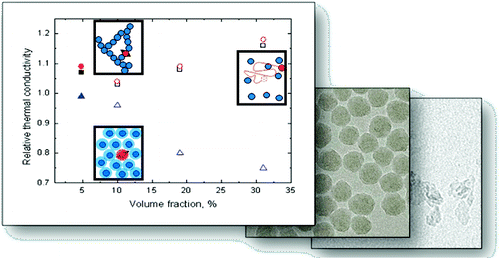-
Optical properties of a fabricated self-assembled bottom-up bulk metamaterial

S. Mühlig, C. Rockstuhl, V. Yannopapas, T. Bürgi, N. Shalkevich and F. Lederer
Optics Express, 19 (10) (2011), p9607-9616


DOI:10.1364/OE.19.009607 | unige:98050 | Abstract | Article HTML | Article PDF
We investigate the optical properties of a true three-dimensional metamaterial that was fabricated using a self-assembly bottom-up technology. The metamaterial consists of closely packed spherical clusters being formed by a large number of non-touching gold nanoparticles. After presenting experimental results, we apply a generalized Mie theory to analyze its spectral response revealing that it is dominated by a magnetic dipole contribution. By using an effective medium theory we show that the fabricated metamaterial exhibits a dispersive effective permeability, i.e. artificial magnetism. Although this metamaterial is not yet left-handed it might serve as a starting point for achieving bulk metamaterials by using bottom-up approaches.

